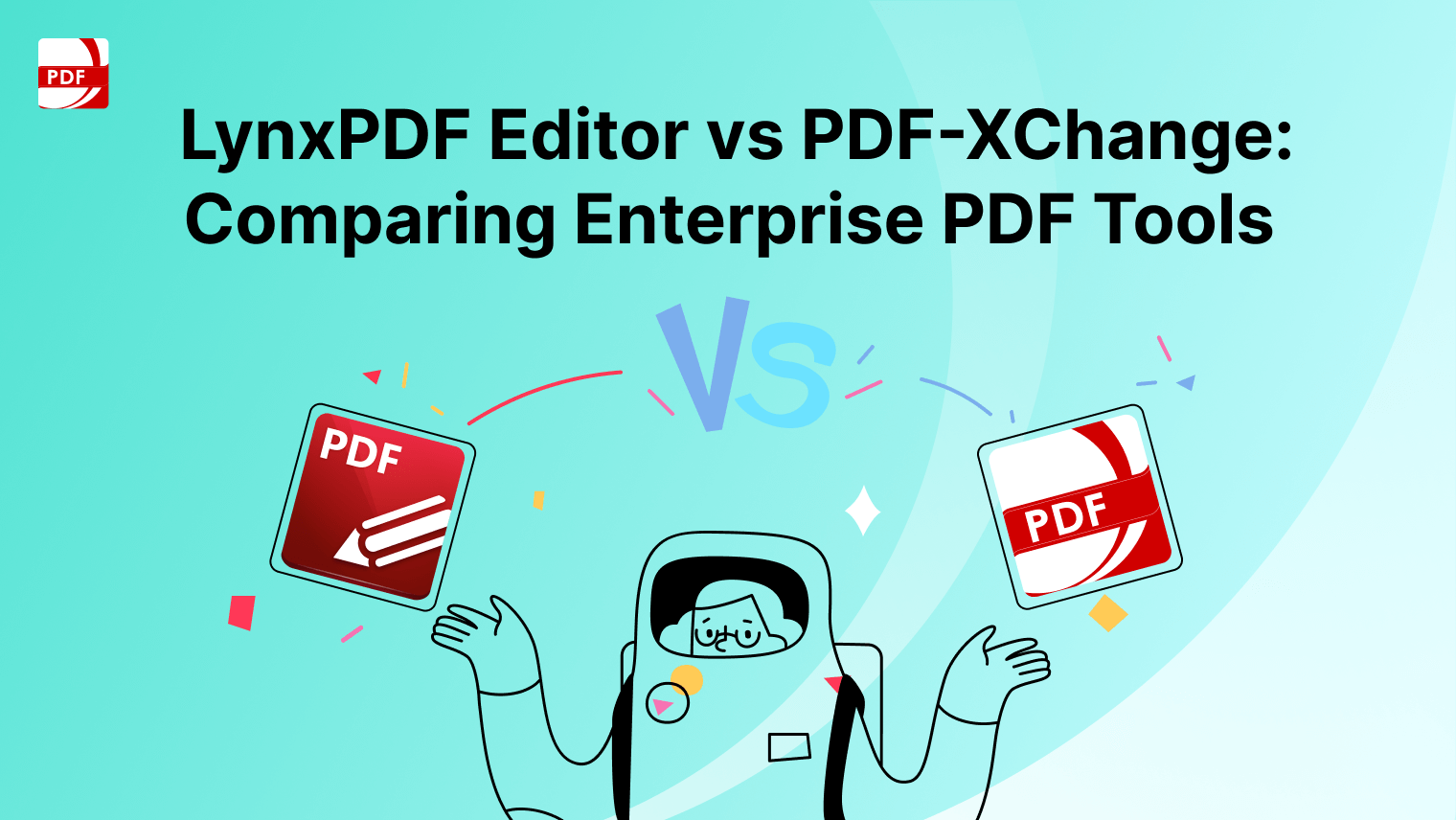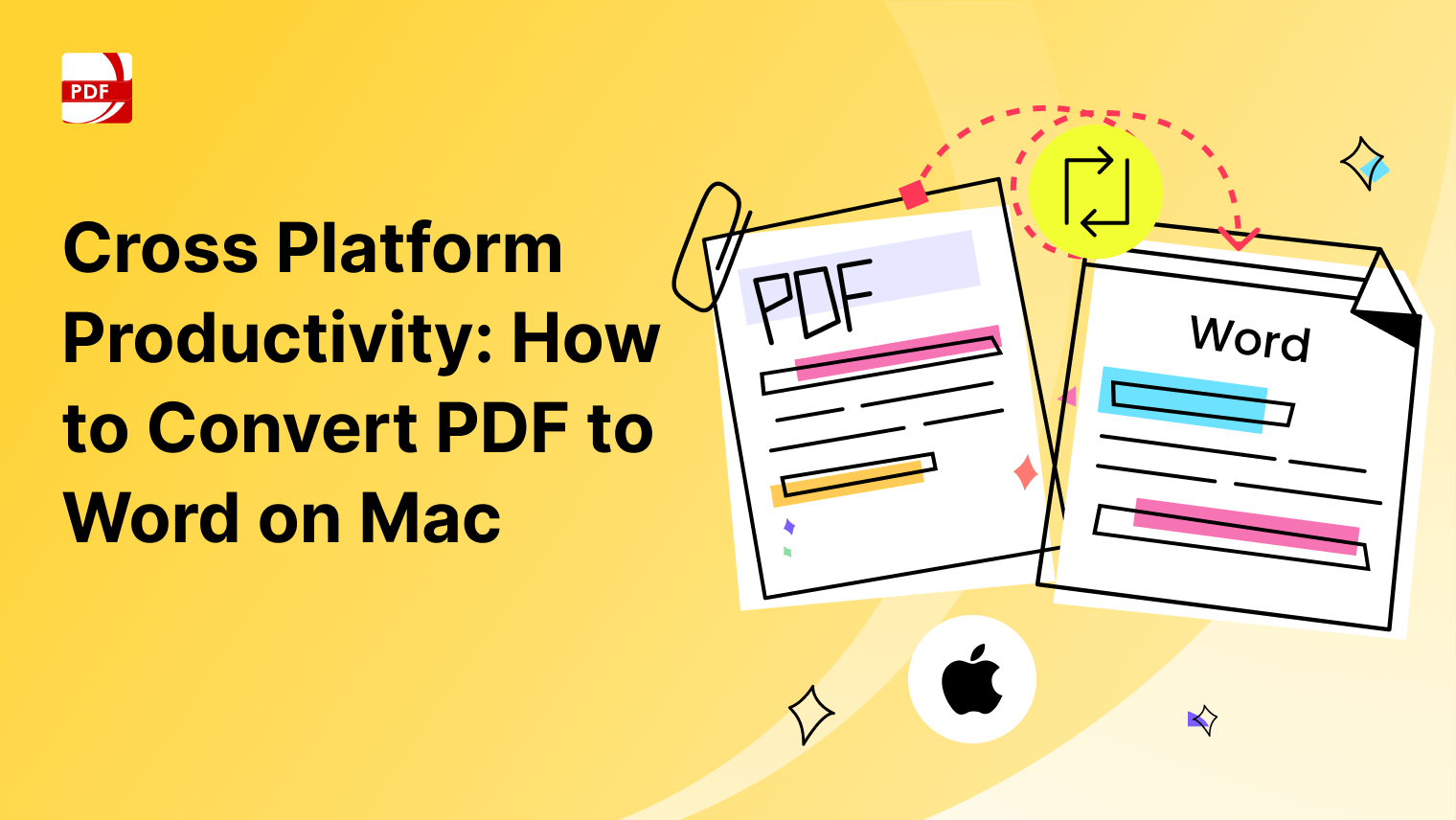When it comes to printing PDFs with form fields, annotations, or layers, issues such as formatting discrepancies and unintended alterations may arise. Flattening a PDF before printing is crucial to ensure the digital files appear as intended on paper, especially when dealing with form field layers.
What Does Flattening Mean?
Flattening a PDF file layer involves merging all the visible elements and annotations into a single layer, eliminating any underlying structures that might cause issues during printing. This process ensures a uniform appearance and prevents potential discrepancies between the digital and printed versions of the document.
Security Benefits:
-
Document Integrity: Flattening a PDF converts editable elements, such as form fields and annotations, into a static image. This ensures that the document's content remains intact and cannot be altered or manipulated after flattening.
-
Prevention of Edits: When a PDF is flattened, any interactive elements or editable fields are removed or merged, preventing unauthorized edits. This is crucial when sharing documents, such as legal contracts or official reports, that should remain unchanged.
-
Protecting Sensitive Information: The PDF flattening process helps protect sensitive information by removing underlying data structures. It prevents access to hidden layers or content that might contain confidential details, providing an additional layer of security.
-
Avoiding Unintentional Changes: In collaborative environments, there's a risk of unintentional changes when multiple users interact with a digital form. Flattening mitigates this risk by converting the PDF into a non-editable format, reducing the chances of accidental modifications.
-
Enhanced Print Security: Printing a flattened PDF ensures the printed copy reflects the intended visual layout without exposing any underlying structures. This helps maintain document confidentiality, especially when dealing with confidential or proprietary information.
Why Flatten a PDF Before Printing?
Flattening a PDF before printing is essential for several reasons:
-
Maintaining Consistency: Flattening ensures that the visual elements and annotations in the PDF workflow remain consistent between the digital and printed versions.
-
Preventing Formatting Issues: Flattening helps avoid potential problems such as misaligned form fields or altered annotations that may occur during the printing process.
-
Enhancing Print Quality: By merging layers and elements like fillable fields, flattening contributes to improved print quality and a smoother reproduction of the document.
Check out our comprehensive advice on working with PDF layers in design.
How to Flatten a PDF on Windows
Do you need to flatten a fillable form to prevent editing? Use PDF Reader Pro's features for editing to flatten your PDF files before printing on your Windows operating system.
Method 1
Step 1: Open the PDF Document
Use PDF Reader Pro to open the document you want to print.
Image Source: PDF Reader Pro
Step 2. Click on "File"
Select "Save as Flattened PDF" PDF function from the drop-down menu.
Image Source: PDF Reader Pro
Step 3: Open Your File Manager
Right-click on the PDF you saved and select "Print" to choose your printer.
Method 2
Step 1: Open Your Document
Click "Open File" or drag your document into PDF Reader Pro.
Step 2: Click "Share" on the Menu Bar
Select "Flattened Copy" from the drop-down menu.
Step 3: Send to Recipient
They can now print the flattened document without edit access to individual elements.
Learn how to flatten your PDFs seamlessly, preserving their quality throughout the process.
How to Flatten a PDF on Mac
Use PDF Reader Pro on your Mac operating system to generate a flattened PDF file to secure it before printing.
Method A
Step 1: Utilize PDF Reader Pro
Open the PDF file you want to print.
Image Source: PDF Reader Pro
Step 2: Access the "File" Menu
Select "Save as Flattened PDF" from the drop-down list.
Image Source: PDF Reader Pro
Step 3: Once Saved, Right-Click on the PDF
In your file manager, choose "Print" to configure your printer settings.
Learn how to effectively reduce the size of your PDF files while preserving their original quality.
Method B
Step 1: Open Your Document using PDF Reader Pro
Do this by clicking "Open File" or dragging the document into the application.
Step 2: Navigate to the Menu Bar
Click "Share," then select "Flattened Copy" from the available options.
Image Source: PDF Reader Pro
Step 3: Share the Document
The recipient can proceed to print the flattened version.
FAQs: Flattening a PDF
Have more questions about managing your PDF files? Find the answers below.
Why is it necessary to flatten a PDF before printing?
Flattening a PDF before printing is crucial to ensure a consistent and accurate reproduction of the document on paper. It helps eliminate potential formatting issues, such as misaligned form fields or altered annotations and contributes to maintaining visual consistency between the digital and printed versions.
How can I flatten a PDF using common PDF viewers?
The process may vary slightly depending on the PDF viewer, but generally, you can flatten a PDF by accessing the print dialog box, navigating to advanced print settings, and selecting an option related to flattening or merging layers. Consult the specific options available in your PDF viewer for accurate instructions.
What problems can arise if I don't flatten a PDF before printing?
If you don't flatten a PDF before printing, you may encounter issues such as misaligned form fields, unexpected alterations to annotations, or discrepancies in the appearance between the digital and printed versions. Flattening helps prevent these problems and ensures a smoother printing process.
Can I flatten a PDF using online tools?
While some online PDF tools may offer flattening features, the process is often more straightforward using desktop PDF viewers or editors. If you rely on online tools, check their specific functionalities to determine if flattening is supported.
Are there specific settings to adjust during the flattening process?
Yes, during the flattening process, you may need to access advanced print settings and look for options related to flattening or merging layers. Adjustments to other print settings, such as paper size and orientation, may also be necessary based on your preferences.
Does flattening affect the quality of the printed document?
Flattening is designed to enhance print quality by merging visible elements and annotations into a single layer. This process helps ensure a smoother and more accurate reproduction of the document on paper.
Can I verify the flattened PDF before printing?
Yes, before initiating the printing process, reviewing the flattened PDF on your screen is advisable. Ensure that all visual elements appear as intended and that there are no unexpected variations. This verification step helps identify and address any potential issues before printing.
Does flattening impact the interactive features of a PDF?
Yes, flattening a PDF may affect interactive features such as form fields and annotations in a fillable PDF form. Before flattening, consider whether maintaining these interactive elements is essential for your specific use case. If interactivity is crucial, explore printing options that preserve these features.
Can I flatten a PDF on mobile devices?
Flattening a PDF is typically more convenient on desktop PDF viewers or editors. While some mobile apps may offer similar functionalities, the process may vary. Check the features of your specific mobile app to determine if flattening is supported.
Are there alternative methods to flatten a PDF without printing?
Yes, some PDF editing tools allow you to save or export a flattened version of the PDF without printing it. Explore the "Save As" or "Export" options in your PDF editor to create a flattened copy of the document while preserving the original file.
Flattening a PDF before printing is a straightforward yet crucial file converting step to ensure a seamless transition from the digital to the physical realm. Following these steps, you can optimize your PDF documents for high-quality printing and eliminate any uncertainties about fillable form fields.


